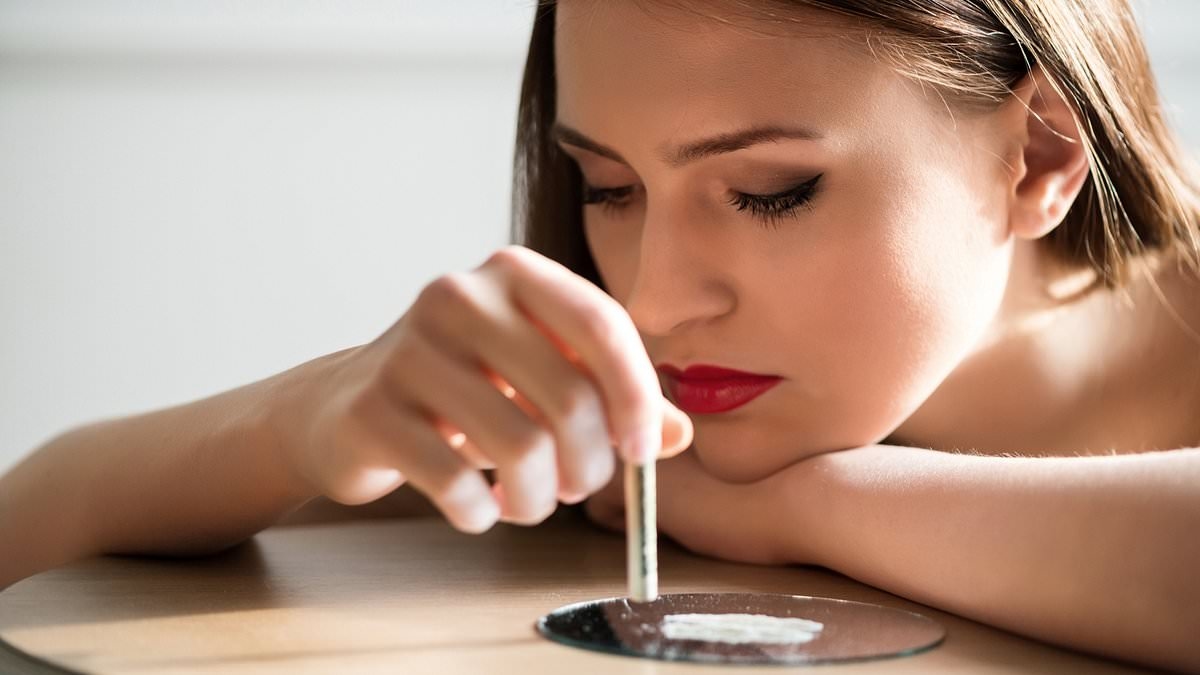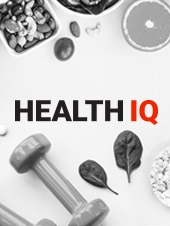DR MAX PEMBERTON: Ketamine use is everywhere - and I know why. These are the steps to stopping your child falling into a 'K hole'

Published: | Updated:
Ketamine use among young people is at an all-time high, with eight times more seeking treatment since 2015.
Little wonder the Government has launched a hard-hitting campaign warning of the dangers of the drug as part of a £310million package of treatment services.
I know from first-hand experience that action is urgently called for. What worries me though is that most of the young people who take it are fully aware of how dangerous it is. They aren’t using ketamine because they are ignorant of the risks, they’re using it in spite of them.
That alone is hugely revealing when it comes to shedding light on how this drug has come to have such a vice-like grip on the younger generation – a generation consumed by anxiety, tethered to their smart phones while being bombarded with news of existential threats to their futures.
For many users ketamine offers an escape from the grim reality of life and – crucially – their party drug of choice is cheap, costing anything between £8 and £20 for a gram.
As Nick Hickmott from the drug and alcohol charity We Are With You points out: ‘In low doses it acts like alcohol, but costs the equivalent of a pound a pint rather than seven quid a pint.’
For a generation facing astronomical rent, student debt, and a cost of living crisis, this economic calculation matters enormously. However, I believe there’s something more significant at play.
Let’s think about the ‘party’ drugs that have defined different eras.
Cocaine was the drug of choice for those who wanted to feel invincible and powerful during the yuppie culture of the 1980s. Ecstasy brought connection and euphoria to the rave generation. But ketamine is fundamentally different. It’s dissociative.
'Most of the young people who take ketamine are fully aware of how dangerous it is. They aren’t using it because they are ignorant of the risks, they’re using it in spite of them'
Young people aren’t choosing a drug that makes them feel energised and indestructible, they’re choosing one that anaesthetises them from the world.
Here we have the first generation to be born digital and what a price they are paying. They’ve never known a world that wasn’t online, one where social media didn’t leave them feeling doubting their self-worth.
I’ve heard stories from young ketamine users who’ve told me how hopeless they feel about life. Some approaches to raising children often don’t help. Many 16 to 24-year-olds have been raised with no boundaries in a world where ‘resilience’ has almost become a dirty word.
So what can parents do? If you have a teenager or young adult in your life, talk to them.
Follow these six steps for the best approach:
Make conversations about drugs part of an ongoing dialogue about your children’s wellbeing, not a one-off lecture triggered by panic. Bring it up naturally, perhaps reference the new Government campaign or a news story.
Resist urge to lecture Yes, the risks are serious, but if you go in all guns blazing with horror stories, you’ll lose them. Young people are remarkably good at tuning out adults who speak at them rather than with them. Instead, show genuine curiosity about their world.
Ask what they know about ketamine, whether people they know use it, what the attitudes are among their peers. And if you find out they have tried it or know people who have, don’t get angry or make threats but rather ask lots of questions and be supportive.
Don’t just recite the dangers and expect that to be enough. Talk about stress, anxiety, the pressure they’re under. Show them you understand why escape might feel tempting.
This isn’t about condoning drug use – it’s about demonstrating that you see them as whole people facing real challenges, not just potential problems to be managed.
For many young people, the long-term health risks feel abstract and distant. But the immediate consequences might resonate more. The fact that ketamine can leave them vulnerable and unable to protect themselves.
That it can destroy their bladder permanently, meaning they might need to use a catheter for the rest of their lives.
That it can damage their memory and cognition at a time when they’re trying to build careers and futures. Tailor it to what is important to them.
I’ve found that for those interested in social issues, for example, reminding them they are supporting criminal networks involved in exploitation, prostitution and murder and that this disproportionately affects poorer and marginalised groups, has been a helpful way in.
Make it clear that if they or a friend ever needs help, they can come to you without fear of judgment or punishment. Many young people don’t call for help when someone’s in trouble because they’re terrified of getting in trouble themselves. That fear can be fatal.
Look out for sudden changes in friendship groups, withdrawal from activities they used to enjoy, unexplained financial problems, frequent trips to the toilet, complaints of bladder pain, or seeming unusually detached or confused. These could indicate ketamine use, but they could also signal other problems that need attention.
n You can find more information and support at talktofrank.com or by calling We Are with You (wearewithyou.org.uk).
Cindy Crawford with dancer Daniel Ralph Mfaya on the Paramount Studio lot for a C Magazine photoshoot
Cindy Crawford, who turns 60 next year, looks sensational on the cover of C Magazine. Unlike some 1980s supermodels, she hasn’t ruined her beautiful face with cosmetic surgery.
Cindy Crawford on the cover of C Magazine's 20th anniversary issue
In the accompanying interview she says she considers it a privilege to age and thinks women need to be kinder to themselves and each other about the process.
‘I never think, “Wow, she’s got a few more wrinkles”, I think, “You look gorgeous” and I try to turn that on myself as well,’ she reveals.
I love that celebrities like her and Demi Moore refuse to accept that older women should be less visible.
Confidence doesn’t have to come from a hairstyle or a line-free complexion, it can also come from refusing to let others dictate how you should look, feel or express yourself. Deciding what makes you feel alive really can be what keeps someone youthful.
The side-effects of antidepressants have been ranked for the first time by academics at King’s College London and the University of Oxford.
We tend to assume a side-effect is always negative, but it can be a lifeline.
Take mirtazapine. Yes, it increases appetite. For someone struggling with their weight, this might tip the scales against taking it.
But for the elderly man who has dropped 2st because depression has robbed him of an interest in food?
Suddenly, that side-effect is therapeutic. The message here is that prescribing must be thoughtful and personalised.
A heartening study published in the British Journal of Sports Medicine showed that women who walk 4,000 steps just twice a week reduce their risk of early death by 26 per cent.
If they managed this three times a week, their risk reduced by 40 per cent.
It just shows that you don’t need expensive gym membership, even the smallest amount of activity works.
I’m obsessed with Celebrity Traitors. I’m struck by how bad the Faithfuls are and how easily led these strong, confident people become once they are in a group.
The desire to agree with others can override rational judgment.
Celebrities including Joe Marler (centre), Stephen Fry (far right) and Alan Carr (far left) take to the 'round table' during an episode of Celebrity Traitors
Daily Mail






